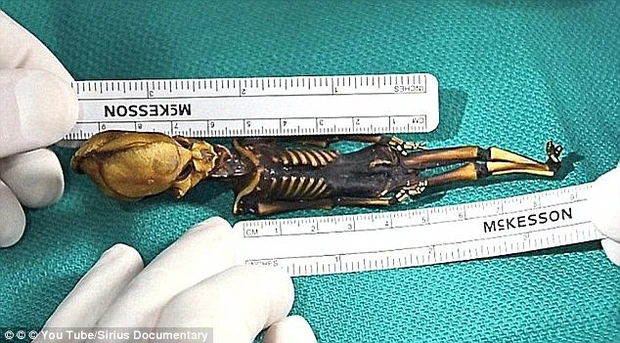This black hole, part of a system known as GRS 1915+105, is gorging on gas and dust from a nearby star. As the star orbits the black hole, some of its material gets sucked into the black hole, while some is accelerated into a jet that appears to squirt from its poles.
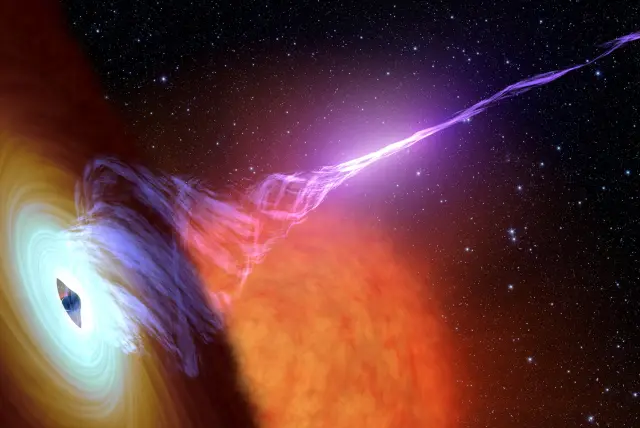
The changes in the jet’s energy, detected by the Five-hundred-meter Aperture Spherical radio Telescope (FAST) in China, occur within a fraction of a second. The team behind the observation believes that these changes could be due to the black hole’s rotation not being aligned with its accretion disk, the disk of orbiting matter it is feasting on. This misalignment could be causing the jet to wobble, almost like a cosmic spinning top.
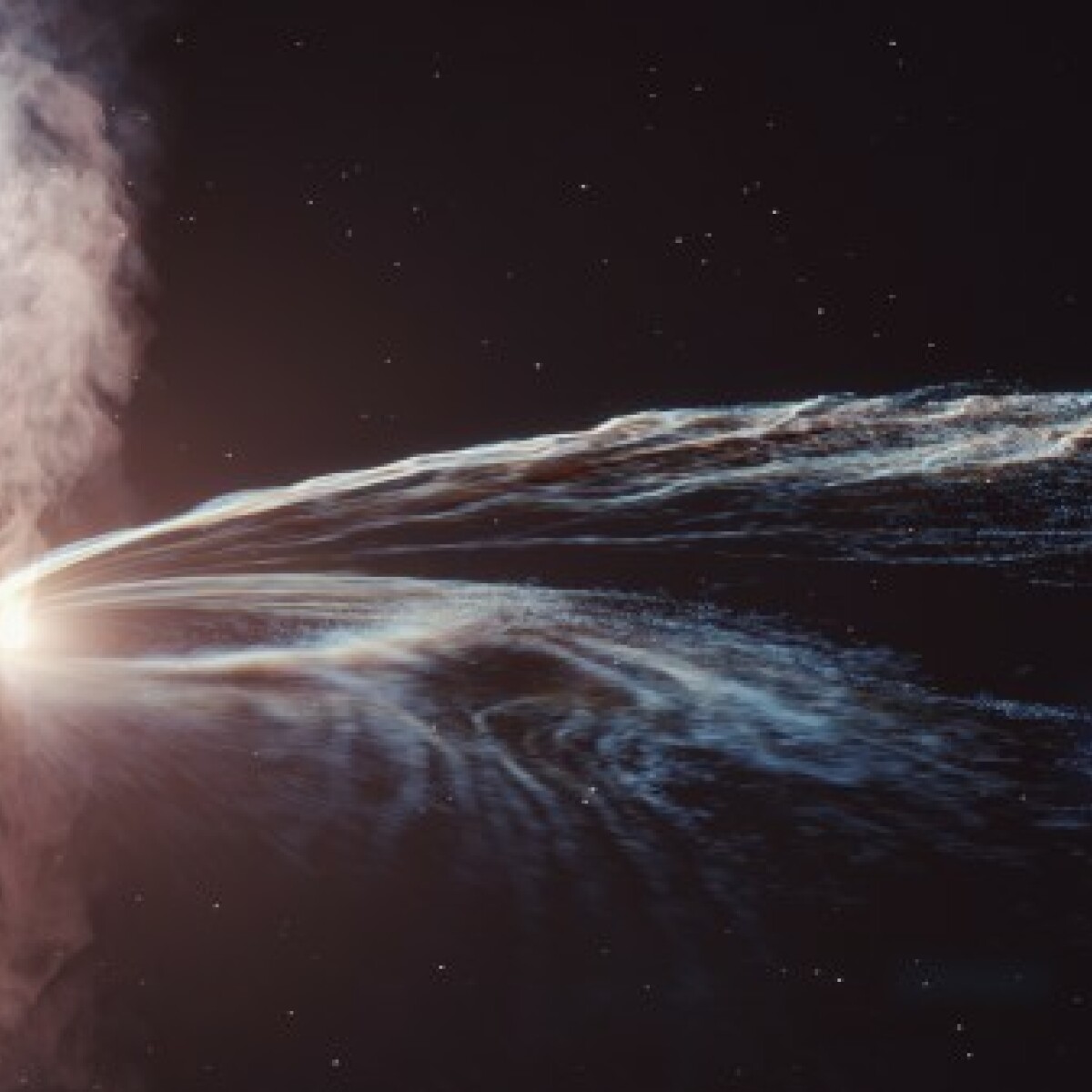
GRS 1915+105 is a microquasar, a star-scale version of a quasar. Quasars are extremely bright galactic hearts that harbor supermassive black holes that are millions or even billions of times more massive than the sun. Microquasars, on the other hand, are on a much smaller scale. The changes seen in GRS 1915+105, officially called quasi-periodic oscillations (QPO), have never been seen in radio waves from such a black hole before.
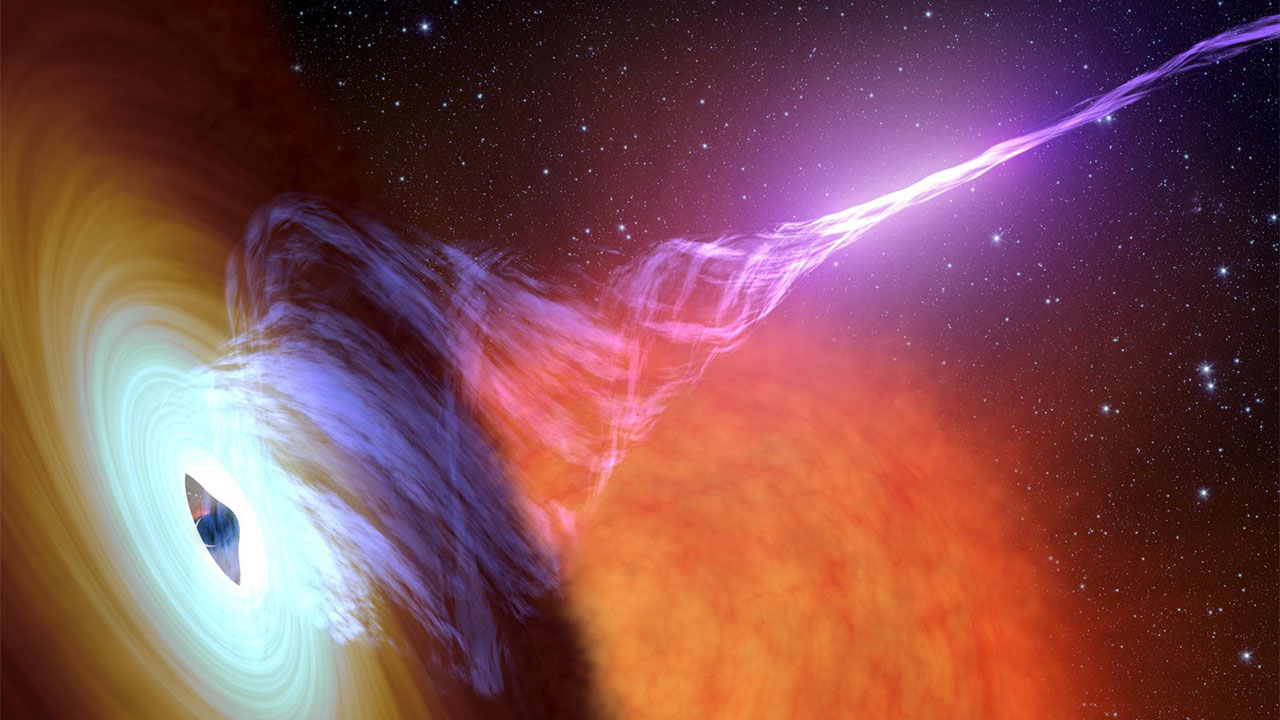
While these QPOs are useful for understanding the physics of black holes and their surrounding systems, what exactly is causing these oscillations remains a mystery. One plausible mechanism could be that the jet is undergoing precession, which means the jet direction is regularly pointing towards different directions and returns to the original direction once every about 0.2 seconds.
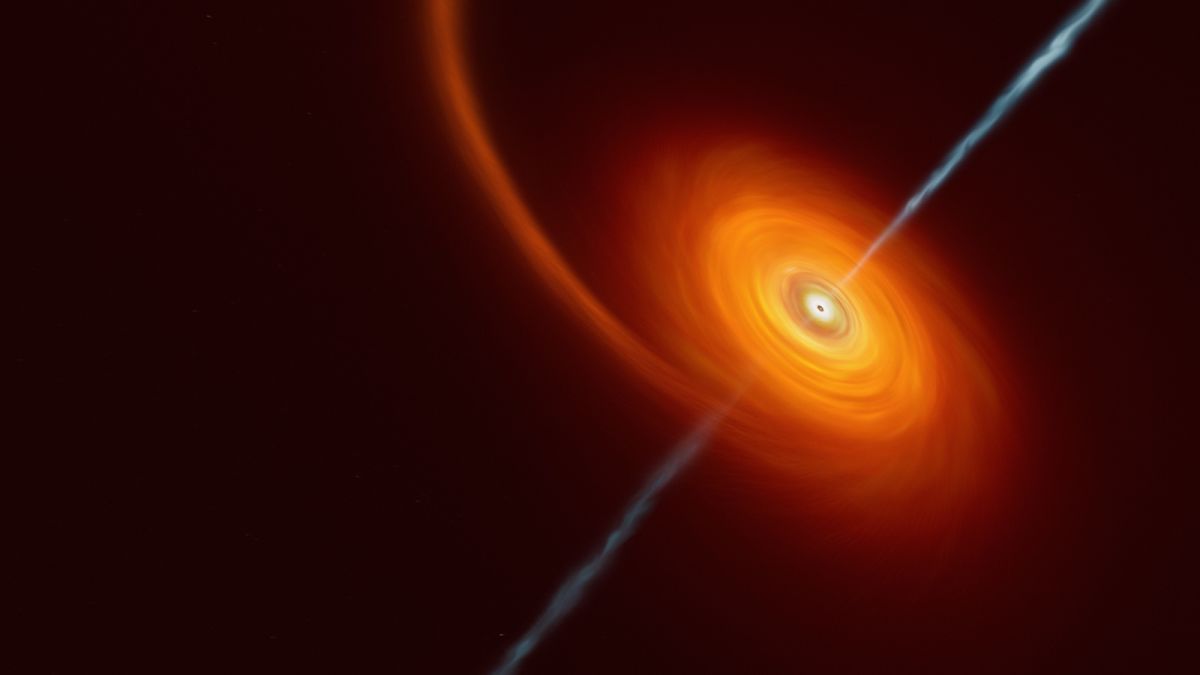
This QPO, seen in radio waves, could be the first evidence of changes in jets of this type, but what exactly is causing these oscillations remains a mystery.
“In accreting black hole systems, X-rays usually probe the accretion disk around the black hole while radio emission usually probes the jet launched from the disk and the black hole,” Bing Zhang, an astronomer at the University of Nevada and co-author of the researcher, said in the statement. “The detailed mechanism to induce temporal modulation in a relativistic jet is not identified, but one plausible mechanism would be that the jet is underlying precession, which means the jet direction is regularly pointing towards different directions and returns to the original direction once every about 0.2 seconds.”
This effect may be caused by a misalignment between the spin axis of the black hole and the disk of hot and bright gas and dust around it. This would arise as a result of the fact that as the stellar mass black hole spins, it drags the very fabric of spacetime around with it — an effect called the Lense–Thirring of just frame-dragging.
“Other possibilities exist, though, and continued observations of this and other galactic microquasars will bring more clues to understand these mysterious QPO signals,” said Zhang.
However, other possibilities exist, and continued observations of this and other galactic microquasars will bring more clues to understand these mysterious QPO signals.


